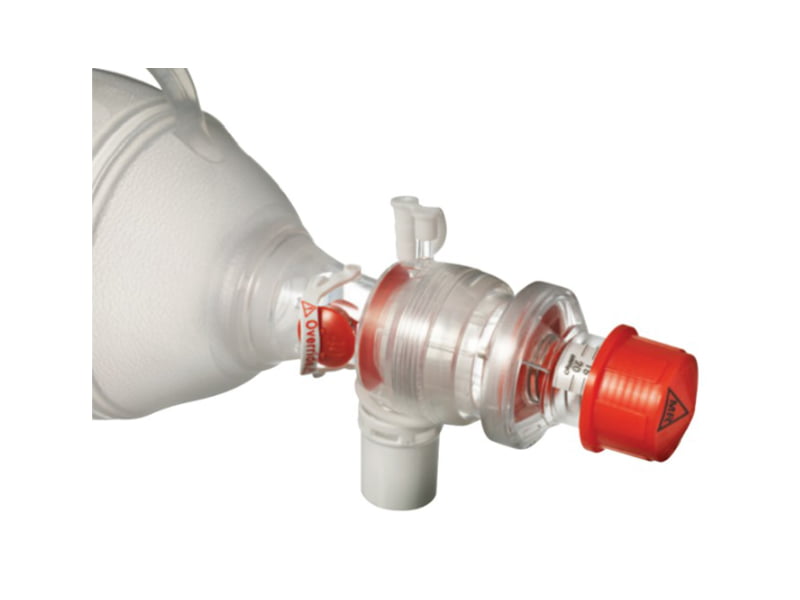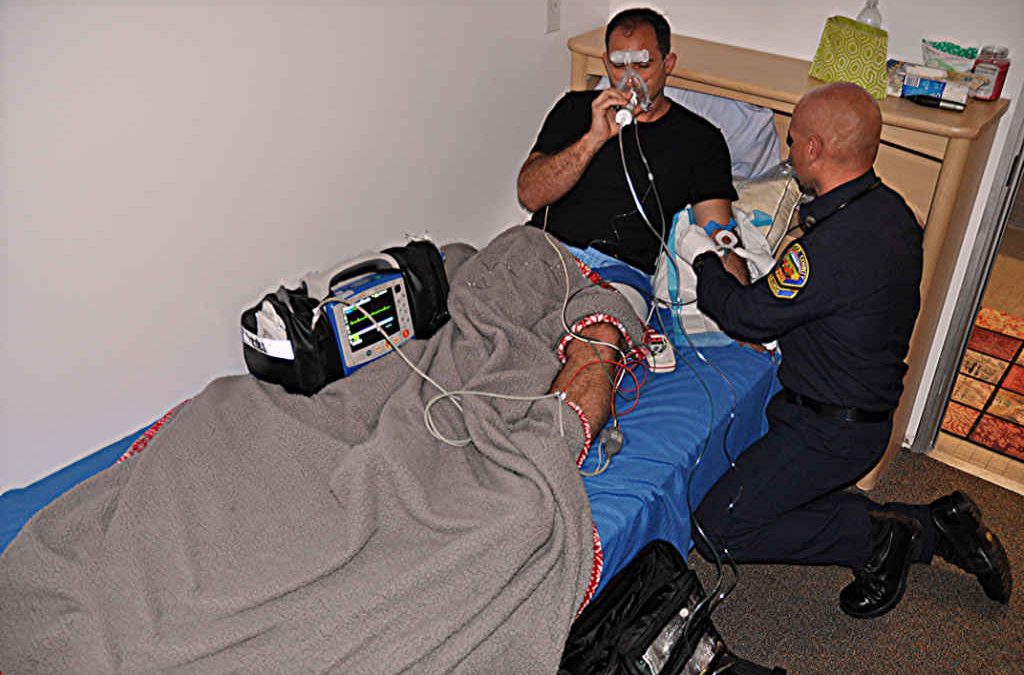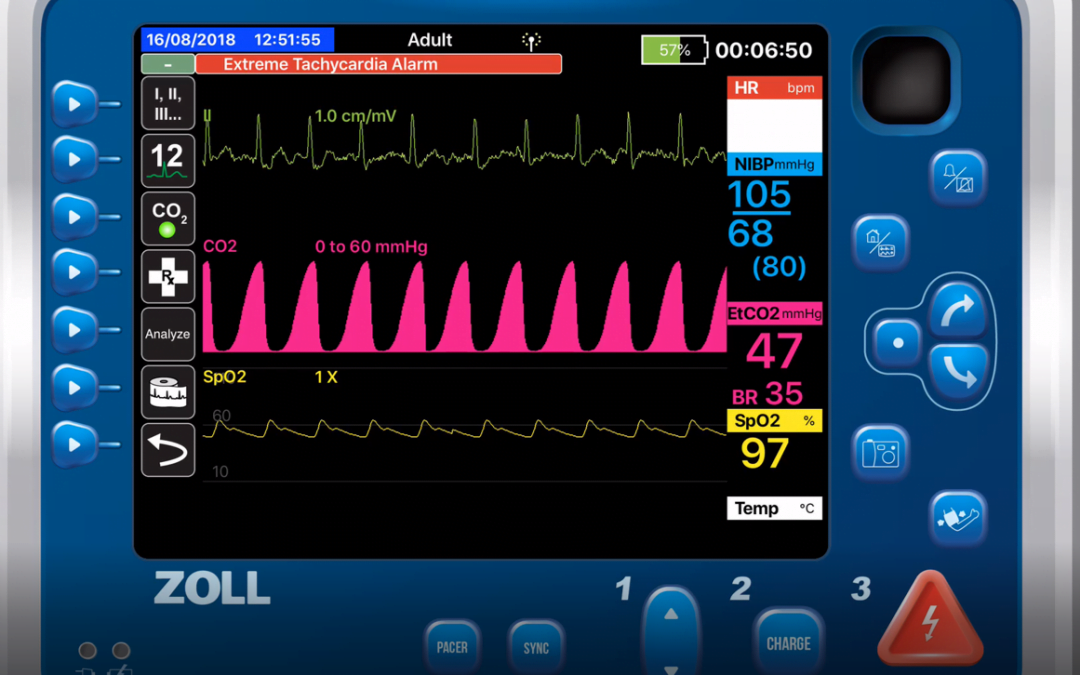
Why PEEP?
Use of Positive End Expiratory Pressure should be considered for any patient who requires mechanical ventilation, including those in cardiac arrest.

Use of Positive End Expiratory Pressure should be considered for any patient who requires mechanical ventilation, including those in cardiac arrest.

This article will discuss the prehospital management of COVID-19 respiratory symptoms.

Given the overwhelming evidence of improved outcomes, prehospital CPAP belongs in every EMS toolbox.

Acute respiratory distress is a serious emergency. Good patient outcomes require a skilled assessment of the airway, breathing and oxygenation.

This column will explain how you can use end tidal CO2 measurements to titrate and evaluate the effectiveness of CPAP.
Recent Comments